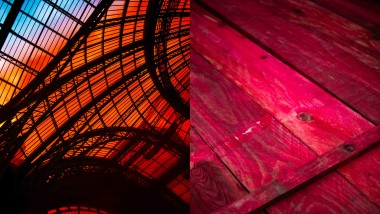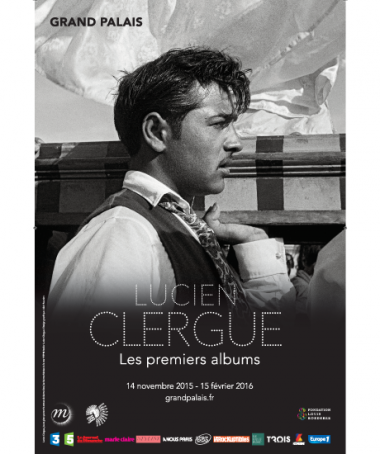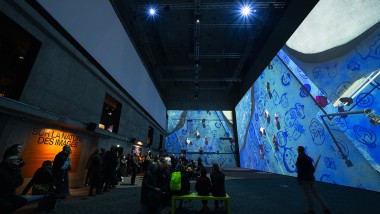
Lucien Clergue, the first albums
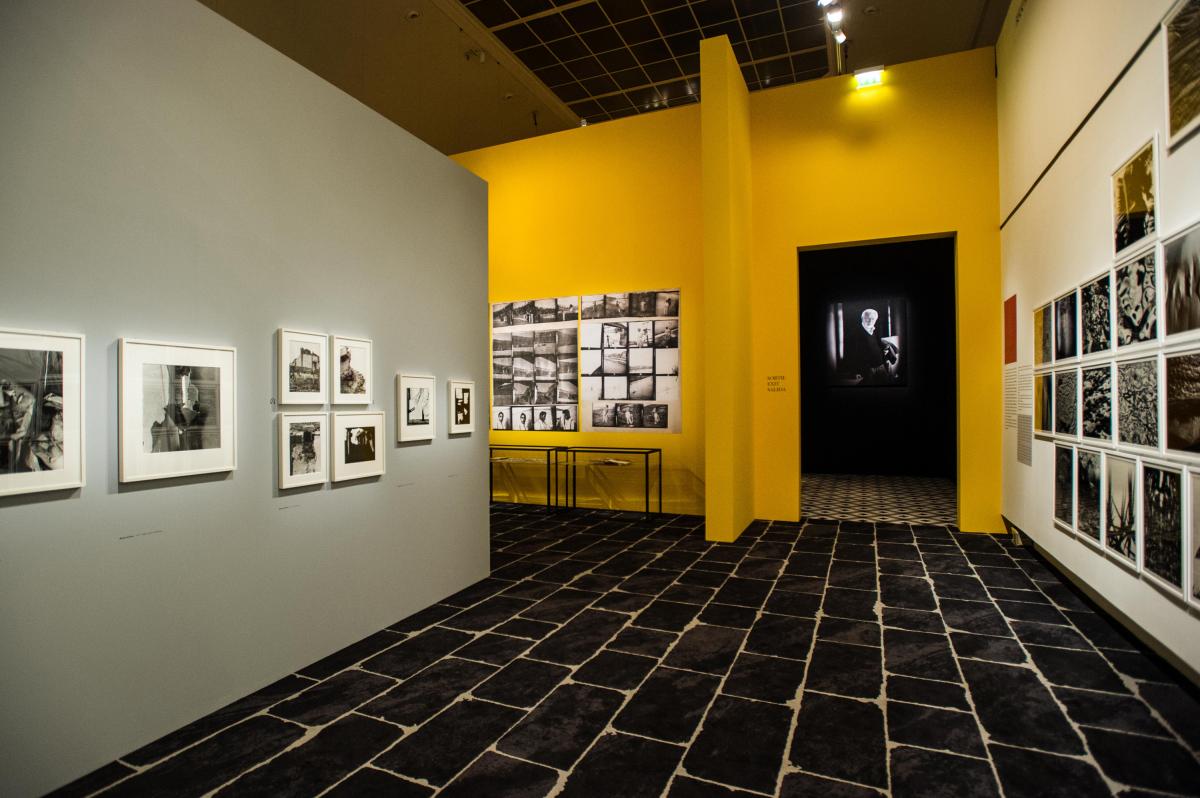
The seven catalogues were originally advertising materials containing samples of fabrics but Lucien Clergue had replaced these with contact sheets presenting his most radical themes: rotting carcasses, ruins, saltimbanques, melancholic Pierrots, his series on bulls depicting bullfights in an original way and his first nudes. Brought up by his mother, who encouraged him to become a violinist, Lucien Clergue was ten when the August 1944 bombings destroyed their house. His mother became ill and died soon afterwards. From the outset, his photography was conceptual and very different from the French humanist photography of the time. The difficult teenage years and omnipresence of death show through in his first studies. Later on, to keep hold of his friends who thought he was too dramatic, he shyly started to do nudes.
The joy and vitality of women's bodies surging out of the water on the beaches of Camargue had never been conveyed in photography before. There are no faces – instead we see well-rounded figures that are sensuous and free. These photos, prefiguring the sexual revolution of the 1960s and 1970s, made him very famous. People soon started to collect his photos and he was one of rare French artists to have his works exhibited at the Museum of Modern Art in New York in 1961. When he returned, he was convinced that a photograph collection should be set up. In 1965, he and his childhood friend, Jean-Maurice Rouquette, an Arles heritage conservator, wrote to forty photographers who gave them their prints. The basis of the first French collection of contemporary photographs was installed at the Réattu Museum in Arles. In 1969, in partnership with Goncourt award winner, Michel Tournier, the same two friends created Rencontres Internationales de la Photographie.
Then in 1982, with the help of Maryse and Antoine Cordesse, the École Nationale Supérieure de la Photographie was created in Arles and inaugurated by the President of the Republic François Mitterrand. Lucien Clergue's insatiable thirst for culture and his desire to meet artists pushed him to the forefront. In the 1950s, he discovered the Gypsy guitarist Manitas de Plata. In 1979, he defended a thesis before Roland Barthes by solely submitting photos. In Langage des Sables the jury acknowledged an assembly which made as much sense as words. This exhibition tells us as much about Lucien as it does about Clergue through a new ordering of his works, from the first albums to the Langage des Sables. The fact that he was good at telling stories contributed to his success and a recording of his voice, made a few months before his death, accompanies visitors. The Grand Palais gives a rightful place to this world-famous artist and first photographer to be elected as a member of the Académie des Beaux-Arts in 2006.

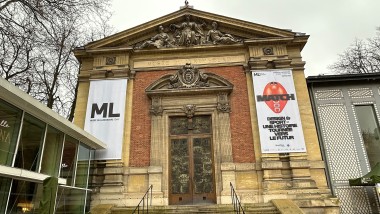
Design goes the extra mile for sport! The trailer for the next exhibition at the Musée du Luxembourg
Article - 11 March 2024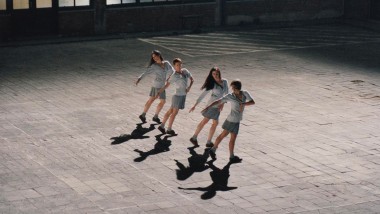
‘Rosas Danst Rosas', A contemporary dance by Anne Teresa De Keersmaeker in response to Stein
Article - 24 January 2024